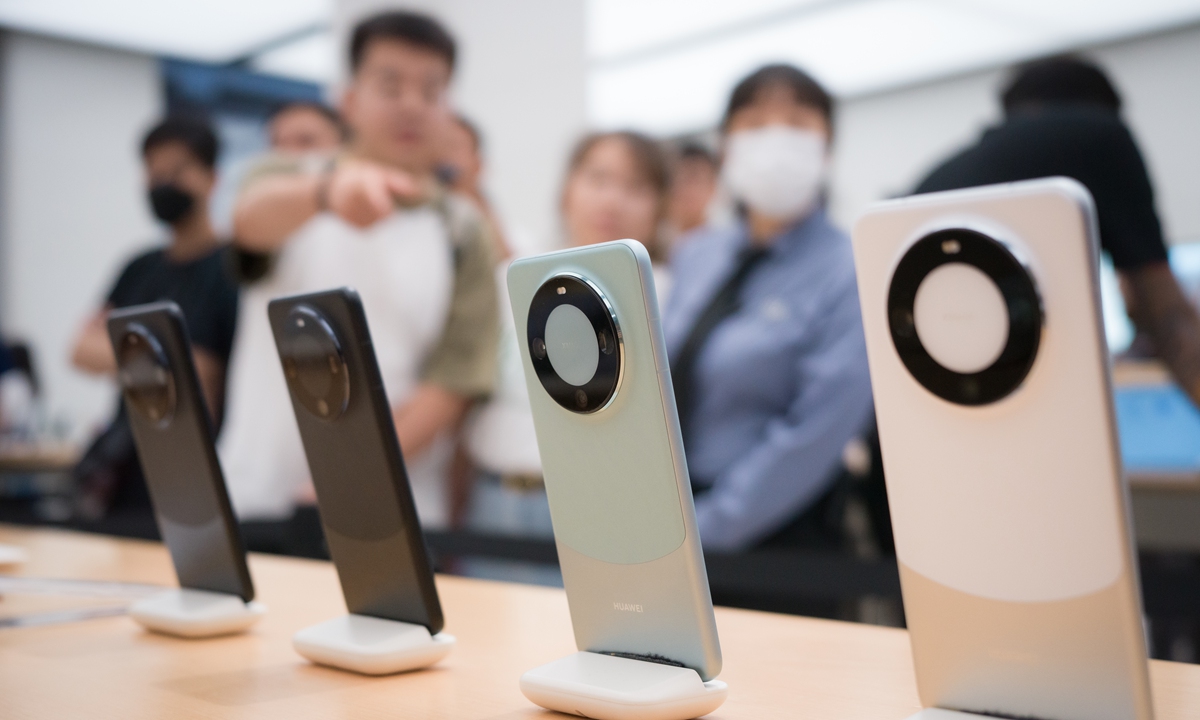PETALING JAYA: With the number of dengue cases this year projected to break a new record, health experts say a whole of society approach is what it takes to contain the surge.
They said piecemeal strategies such as fogging or mosquitoes with Wolbachia are not enough to stem an outbreak, and that it is the combination of methods that will save lives.
Time is also of the essence as there are already 59 deaths due to dengue logged this year from January to Sept 9, compared with 56 deaths for the whole of 2022.
There were also 82,485 cases from January to Sept 9, 2023, compared with the 66,102 cases in 2022.
Asia Dengue Voice and Action Group international adviser Prof Dr Tikki Pangestu (pic) said integrated efforts are needed to fight dengue not just by deploying mosquitoes infected with Wolbachia, or vaccines.
Countries at the recent 6th Asia Dengue Summit in Bangkok, Thailand, agreed that what is needed is an integrated holistic set of strategies and initiatives that has five key components, he added.
“The first one is straightforward – surveillance. That’s basically tracking and keeping tabs on viruses, on a number of cases, on the number of mosquitoes,” he said in an interview.
“Secondly, the health system must be ready to manage those who actually get sick with dengue and end up in hospital.
“About 90% of people who get dengue do not need to go to hospital. They can maybe go and see a GP (general practitioner), rest at home and that’s fine.”
“But for the serious cases, hospitals need to be ready to manage and take care of them,” said Prof Pangestu, who is a visiting professor at the Yong Loo Lin School of Medicine, National University of Singapore.
It is only then that vector control measures and vaccines can play a role, he added.
“But the fifth and final one, which is perhaps the most important in terms of a foundational stone behind all the other strategies, is community involvement.
“Community engagement, community buy-in, and community awareness of the dangers of dengue – that is the fifth column.
“It involves community education and community awareness so that in their everyday lives, they make sure that their immediate environment does not encourage mosquito breeding,” said Prof Pangestu.
Another expert, Dr Rahmat Dapari, said the projected outbreak later this year or next year could potentially surpass the historic number of cases in the 2019 outbreak.
Over 130,000 dengue cases were recorded in 2019, beating the previous historic high of 120,836 cases reported for the whole of 2015, said Dr Rahmat of Universiti Putra Malaysia.
But there were fewer deaths in 2019 at 182, compared with 336 in 2015, said the senior medical lecturer and public health medicine specialist.
Dr Rahmat said while various vector control measures have been implemented to reduce disease transmission, including the destruction of mosquito breeding places, fogging, community clean-ups and health education, these methods alone were not sufficient.
Innovations such as Wolbachia-infected mosquitoes and dengue vaccination are promising but there is still a need for communities to do their part, he added.
Wolbachia is a bacterium and a form of biological control that is naturally occurring in 60%-70% of insects, spiders and nematodes.
Selected strains of Wolbachia have been introduced into Aedes aegypti populations to prevent transmission of dengue viruses by the vector.
Currently, the Health Ministry has deployed Wolbachia-carrying Aedes in 28 localities in Malaysia.
“To this end, there needs to be a holistic approach using varied strategies so that dengue can be tackled from every angle.
“This involves collaboration between multiple agencies and different fields of expertise, as well as community engagement and education, together with diverse strategies that address breeding and transmission, and preventive methods,” said Dr Rahmat.
He added that the newly established Dengue Prevention Advocacy Malaysia (DPAM) also plays a crucial role in supporting the government to foster holistic dengue management strategies and reduce resource burdens.
“As a community, we must be well informed of these novel approaches and be more disciplined and proactive in doing our part to support the government in combating dengue.
“By working together, we can make a significant impact and create a safer and healthier environment for all Malaysians,” he said.
Tropical Infectious Diseases Research and Education Centre director Prof Dr Sazaly Abu Bakar said while the number of dengue cases in 2023 may seem high, it is not even half of the cases during pre-pandemic times such as in 2019.
“There must be a full and total commitment by the government to tackle dengue and not just leave it to the Health Ministry,” he said.
Related posts:
Dengue case numbers to peak this year following cycle uptrend












